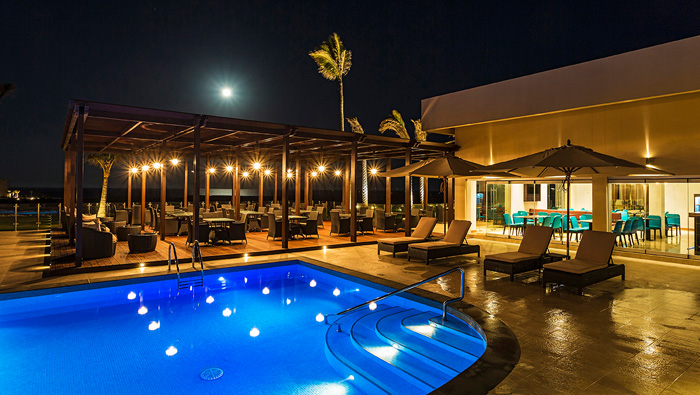
Muscat: Five-star hotels in Oman and lodges in Salalah registered a significant improvement in performance early this year, a report has disclosed.
The report also noted that hotels in the Sultanate saw their occupancy rates rise by 3 per cent, and the average hotel charges increase by 4.5 per cent in January 2018, compared to the same month last year.
It added that other Gulf countries experienced mixed fortunes. The report was compiled by STR global, a company that collates data to provide market analysis.
It further disclosed that occupancy at five-star hotels in Oman saw an improvement of 10 per cent in January this year, up from 63 per cent to 73 per cent.
Moreover, the average room rate of these hotels increased by OMR16 in the same period, up from OMR123 to OMR139.
Occupancy of hotels in Salalah increased by 7 per cent in January 2018, up from 79 per cent to 86 per cent. Meanwhile, the average room charges at Salalah’s lodges rose by OMR8, up from OMR42 to OMR50.
The report further stated that Muscat’s luxury beach resorts and Salalah’s hotels had done especially well early in the year. Collectively, these hotels saw their occupancy rise by 14 per cent.
Furthermore, the average daily rate (ADR) or rent increased by 13 per cent.
Vijay Handa, cluster general manger at Ras Al Jinz Turtle Reserve, along with three other hotels, said the good performance of these hotels was due to the peak tourism season. He remarked that international tourists are increasingly seeing Oman as an attractive option for a vacation.
“Hotels are expected to do well from October to April, as it is high season. Tourists visit Oman in the winter, and it is getting better every year. I’m sure that March will be good, as well,” he said.
Handa added that the five-star market in Oman was doing very well because tourists to the Sultanate tend to come to Muscat and then travel elsewhere.
“Muscat has a lot of five-star hotels for tourists. They travel to places such as Salalah, Ras Al Jinz, Masirah, and Nizwa, but return to stay in the same hotels in Muscat,” he said, adding that tourists visit Salalah in the winter, though Khareef draws bigger crowds.
Kuwait did quite well during the same period, as its hotels saw occupancy rise by 27 per cent, while average hotel charges increased by 7 per cent. Other Gulf nations, however, were left to contend with a mixed bag.
In Bahrain, hotel occupancy rose by 8 per cent, while average charges dropped by 8 per cent. In Saudi Arabia, occupancy of lodges rose by 6 per cent, while room rent dropped by 5 per cent.
In the UAE, hotel occupancy climbed 2 per cent and average rent dropped by 2.5 per cent.
Qatar registered, by far, the worst performance in the region this year. Hotel occupancy plummeted by 9 per cent, while average room charges decreased by 15 per cent in the Gulf nation.